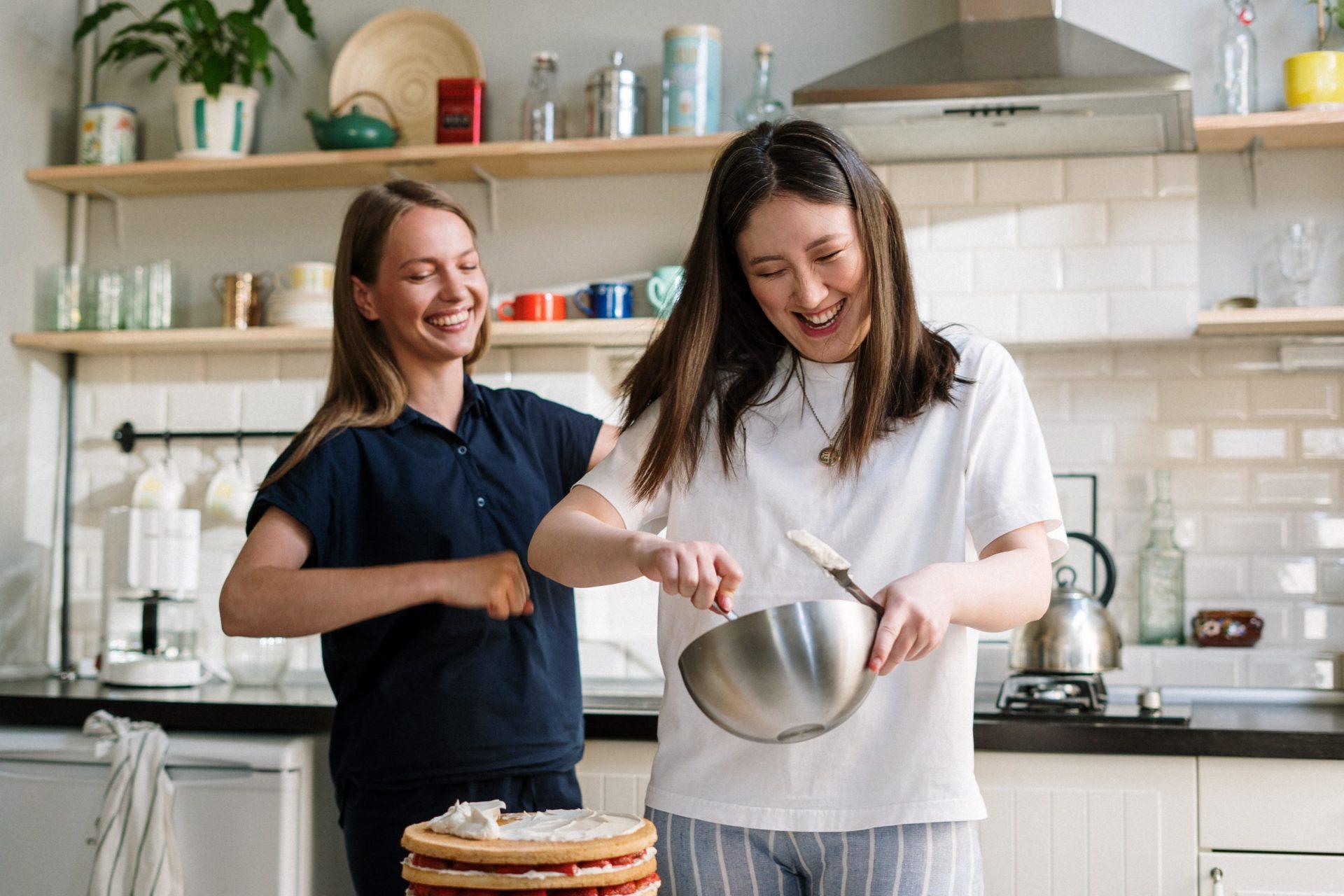The Art of Cooking With CBD and Other Cannabinoids
Cannabidiol, known as CBD, has skyrocketed in popularity over the last few years. It comes from humble beginnings as a little-known cannabinoid present in the cannabis plant. The cannabinoid most people think of when they hear about cannabis, particularly in edible form, is delta-9 THC. This is the cannabinoid with psychoactive effects. In other words, it is responsible for the “high”. Most of the other cannabinoids do not produce a psychoactive effect, including CBD. There was no legal way to extract and make use of these cannabinoids until the passage of the Hemp Farm Bill.
The Hemp Farm Bill of 2018 made it legal to grow and sell cannabis for commercial purposes so long as it possessed less than 0.3% Delta-9 THC. As researchers explored the therapeutic benefits of CBD and other cannabinoids like CBG and CBN, there became a demand for these products. Farmers started breeding their plants to be high in CBD, and the industry has been on a path to the moon ever since.
All of that was necessary prerequisite information for understanding how to cook with CBD and other cannabinoids.
The Benefits of Cooking With Cannabinoids
One of the big things that keep people from trying CBD is they think the only method of consumption is through inhalation. While it is possible to get CBD hemp flower and CBD vape cartridges, CBD edibles also make up a huge part of the market.
There are a couple of ways to make cannabinoid edibles. You could make “cannabutter” with dried CBD hemp flower and use it in baked goods. This method is not recommended for beginners. The extraction process is not easy for people who have never cooked with CBD.
Tinctures are much easier to work with. This liquid extract can be added into virtually any type of culinary recipe. This opens the world of CBD edibles up to even more people, since a lot of the edibles commercially available are in candy form. It can feel counterproductive to eat candy in order to get wellness benefits.
The best way to get the benefits of cannabinoids without compromising some other aspect of your health is to incorporate them into a larger healthy cooking and eating initiative. The benefits actually last longer when ingested instead of inhaled or used topically. This is because the digestive system processes cannabinoids slower than the skin and respiratory system.
Tips for Cooking and Baking With Cannabinoids
Cannabinoids are essentially like any other ingredient. The only limit to its culinary use is the creativity of the person using it. With that being said, some uses are more common and practical than others.
The most important tip is to start within your culinary comfort zone. Choose a dish that you could cook or bake in your sleep. This will help you keep the addition of cannabinoids as the only variable to judge when you are trying your finished dish.
One catch to the tip above is that your choice should also be a dish where infusion is more practical. Cannabinoids react best with fats, so any oil or butter makes a great carrier. Salad dressings and sauces are the best options on the cooking side. The door is pretty much wide open on the baking side.
While CBD tinctures are the most versatile, some experts in cooking with cannabinoids suggest that you should buy oils or butters that are already infused with CBD. This advice is particularly targeted towards beginners who might struggle with properly dosing tinctures in their recipes. You can easily find these products online when it comes to CBD, but it is much harder to find them for other cannabinoids.
The final tip is to always keep in mind the effect heat has on the efficacy of cannabinoids. The higher the cooking or baking heat, the less effective the cannabinoid will be. The length of time at said heat level is also a huge factor in effectiveness. Both of these things should always be taken into account when you are tinkering with dosages.
Conclusion
Cooking with CBD and other cannabinoids opens up a whole new world of culinary possibilities. With that being said, you should always consult with your physician before you consider trying any cannabinoid. We are also not suggesting that incorporating cannabinoids into your cooking will help with any medical condition.


good article